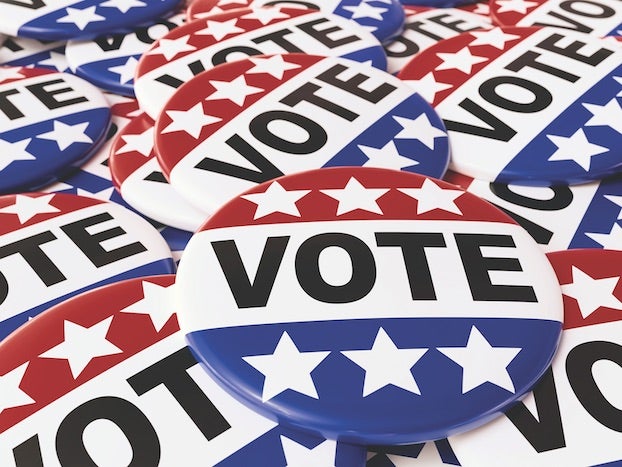Budget deficit mounting
Published 7:10 am Saturday, October 15, 2016
<span class="R~sep~EdDropCapPressEd">T</span><span class="R~sep~EdDropCapPressEd">he latest budget review from the Congressional Budget Office shows that the federal government budget deficit rose to $588 billion in fiscal year 2016, which is $149 billion beyond last year’s shortfall.</span>
<span class="R~sep~EdPressedtext">“The 2016 deficit equaled an estimated 3.2 percent of gross domestic product (GDP), up from 2.5 percent of GDP in 2015,” reads the review. “The increase in the deficit, measured as a share of the nation’s output, was the first since 2009.”</span>
<span class="R~sep~EdPressedtext">The reason for this budget shortfall is simple: overspending. But the CBO says the immediate problem resulted from a variety of reasons.</span>
<span class="R~sep~EdPressedtext">“About $41 billion of the deficit increase resulted from a shift in the timing of some payments that the government would ordinarily have made in fiscal year 2017; those payments were instead made in fiscal year 2016 because October 1, 2016 (the first day of fiscal year 2017), fell on a weekend,” reads the review.</span>
<span class="R~sep~EdPressedtext">That sounds similar to someone shuffling bills to pay the most pressing and putting off until later paying others that are owed.</span>
<span class="R~sep~EdPressedtext">Even then, the CBO noted that the budget deficit would have been considerably higher than the deficit recorded for 2015.</span>
<span class="R~sep~EdPressedtext">“By CBO’s estimate, revenues were less than 1 percent higher and outlays were about 5 percent higher in 2016 than they were in the previous fiscal year,” reads the review. “CBO’s estimates are based on data from the Daily Treasury Statements issued by the Department of the Treasury; the department will report the actual deficit for fiscal year 2016 later this month. …</span>
<span class="R~sep~EdPressedtext">“According to CBO’s current estimates, revenues and outlays fell short of the projections by $8 billion and $10 billion, respectively.”</span>
<span class="R~sep~EdPressedtext">It also noted that total receipts were up by less than 1 percent in fiscal year 2016. That sounds very close to being stagnant.</span>
<span class="R~sep~EdPressedtext">By contrast, Citizens Against Government Waste, a nonpartisan watchdog group, gives specifics on the wasteful spending in Washington. Just a couple of examples, from the group’s newsletter:</span>
<span style="font-size: 9pt; font-family: ‘Zapf Dingbats’;" class="R~sep~EdPressedtext">l</span> <span class="R~sep~EdPressedtext">“The number of earmarks rose to 123 — a 17 percent increase over FY 2015.”</span>
<span style="font-size: 9pt; font-family: ‘Zapf Dingbats’;" class="R~sep~EdPressedtext">l</span> <span class="R~sep~EdPressedtext">“The cost of earmarks jumped by 89 percent from FY 2014, surging to $5.1 billion.”</span>
<span class="R~sep~EdPressedtext">“We must cut this out-of-control spending and ensure that spending restraints are in place if we are ever to get our debt under control,” Sen. Joni Ernst, R-Iowa, told the group.</span>
<span class="R~sep~EdPressedtext">Such spending will not stop unless the public demands it.</span>





